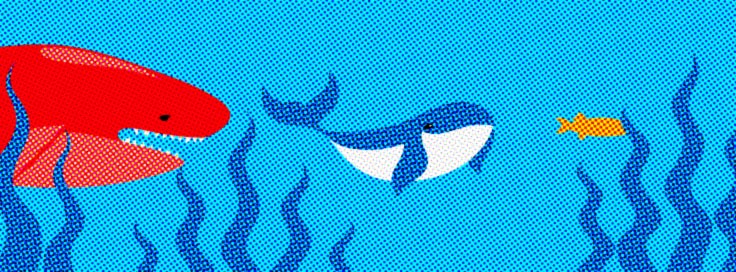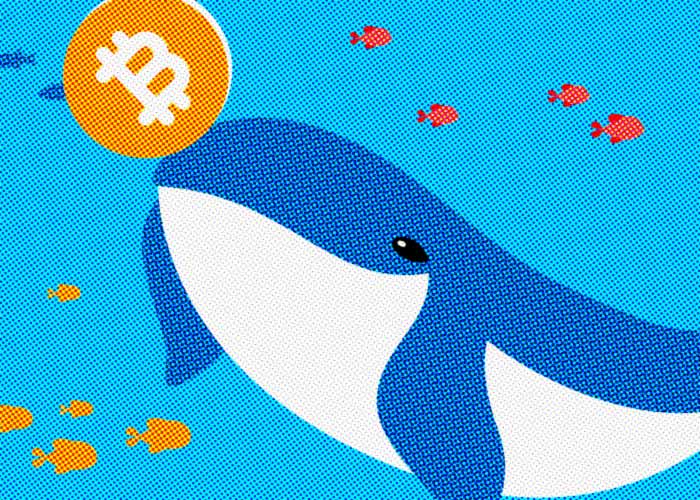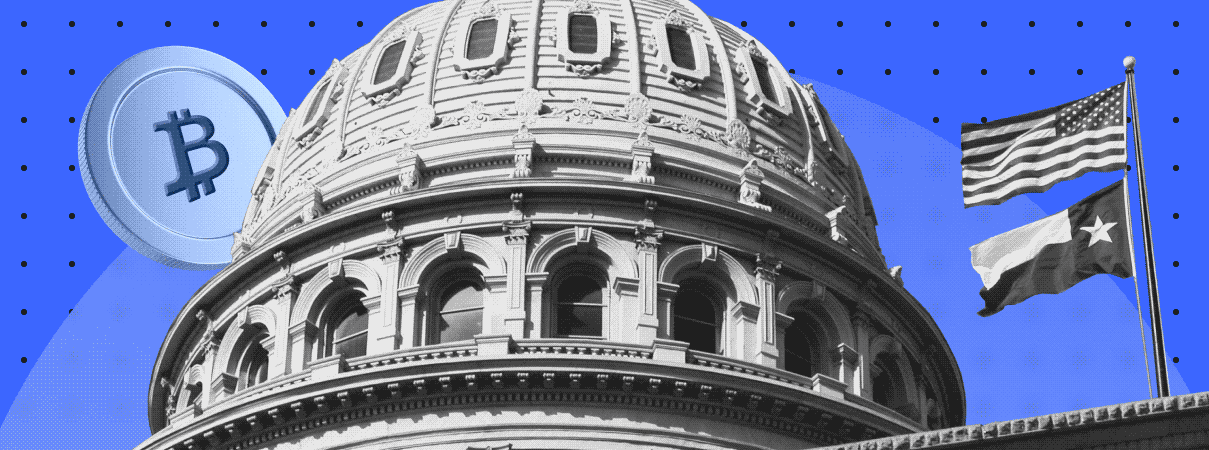The cryptocurrency space, like any other milieu, has several slang expressions that are commonly used even in official documents. One of these terms is something that anyone interested in digital assets or trading has probably come across. It’s the word “whale.”
A crypto whale, or just a whale, is a large holder of an asset. The term is used by the media, financial experts, and ordinary users. BTC whales were first called large investors in 2013 by cryptocurrency trader Vinny Lingham. He took the term from stock market traders who used it back in the last century.
Whales have perhaps the greatest influence on the crypto market. Just like their marine namesakes, which can create a huge wave thanks to their impressive size, BTC whales have a lot of digital assets and can easily influence the quotations of certain coins by making transactions. Whales are most often involved in market manipulations such as Pump and Dump.
Types of Whales & Their Bitcoin Share

In early 2021, when the crypto market reached its peak, Glassnode analysts broadened the classification of BTC investors, dividing them into eight categories of “marine species.” Apart from whales, the analysts derived humpback whales as well. The main difference between this category of investors is the number of digital assets stored in their accounts. Ordinary whales possess from 1,000 to 5,000 BTC, while humpback whales have over 5,000 BTC. However, this classification didn’t take root, and all holders of more than 1,000 BTC are still referred to as just “whales.”
Despite Bitcoin’s decentralized nature, the analysis of BTC addresses demonstrates that whales own the largest number of tokens. For instance, last year’s Glassnode study found that whales control about 31% of the total BTC supply. According to BitInfoCharts, 2,039 whales held over 1,000 BTC as of December 9, 2022, which is nearly 40% of the entire issue. At that, five addresses own between 100,000 and 1 million BTC.
Bitcoin’s “Sea Fauna”

Not only whales inhabit the crypto “sea,” but also smaller creatures. Their slang names didn’t catch on so well in the community, but they’re still actively used in forums and by some experts.
So, according to the amount of BTC in the account, the “marine fauna” of the crypto space is divided into the following species:
- Sharks — 500-1,000 BTC.
- Dolphins — 100-500 BTC.
- Fishes — 50-100 BTC.
- Octopuses — 10-50 BTC.
- Crabs — 1-10 BTC.
- Shrimps — <1 BTC.
The original version missed plankton, which somehow later appeared in this classification. Plankton are BTC addresses with less than 0.01 BTC on balance. Such addresses contain just over 0.22% of all BTC in circulation, yet they account for 74% of all addresses in the Bitcoin network.
The market behavior of plankton, shrimps, and crabs can significantly impact crypto quotes, as the total number of such investors accounts for 99.65% of all BTC addresses in the network. According to BitInfoCharts, the number of addresses with less than 10 BTC exceeds 43.3 million. Together, they own over 17% of BTC’s issue, and that’s why their actions can seriously affect Bitcoin’s price.
For example, rumors circulating in the community about Tesla’s upcoming major BTC sale in May 2021 caused a 20% drop in Bitcoin’s price. The reason behind it was that retail investors succumbed to the FUD effect and began actively selling their BTC. Eventually, Tesla CEO Elon Musk denied the rumors, but Bitcoin couldn’t recover to its previous level for a long time after such a shock.
Whales & BTC’s “Food Chain”

Whales’ behavior greatly influences market activity, as smaller investors use it as a reference point. From time to time, the following picture can be observed: whales dump large amounts of BTC into the market. This makes shrimps begin to sell out actively. This increases the pressure on the asset’s price, and quotes fall. Then whales redeem the coins at a lower price. This way, assets of small holders move to whales’ addresses. Or vice versa, when whales accumulate BTC assets and withdraw them into cold wallets, smaller inhabitants of the “crypto sea” float downstream and follow their example.
For that matter, 2022 was a challenging yet telling year. The FUD attack on Terra was triggered by whales, which was followed by the fall of the first cryptocurrency and a global sale of assets by shrimps and plankton, hitting BTC’s price even harder. The second blow this year was FTX’s collapse. However, small BTC holders didn’t sell off assets this time but rather switched to hoarding, following the lead of large investors. Consequently, the total balance of plankton and shrimps’ Bitcoin addresses rose to a record 6.3% of the total issue.
So, small holders give whales room to maneuver while whales guide and correct market flows. Like in sea depths, the “crypto sea” can’t exist without smaller life forms and larger ones. Therefore, plankton and shrimps are an integral part of the BTC “food chain.”










